
Skoda Kodiaq SUV engines, drive and performance
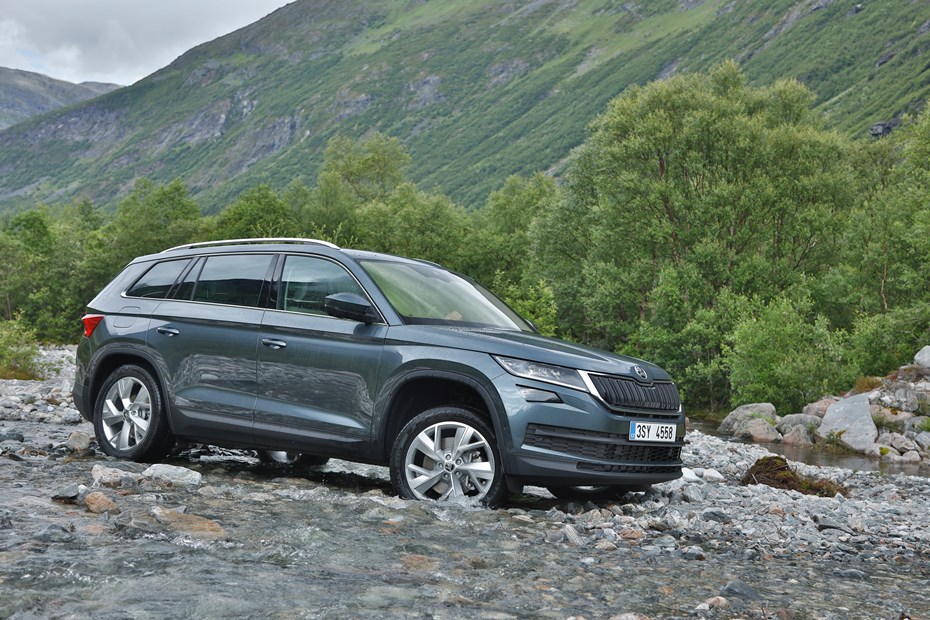
- Diesel engines make the most sense
- All-wheel drive adds all weather usability
- Petrol engines lack low-down torque
What engine options are there?
There’s a broad range of petrol and diesel engines available, with most of them coming with the seven-speed DSG automatic gearbox. Gearchanges are practically imperceptible and the gearbox does a very good job of selecting the gear you want without hesitation – making it the transmission to go for, especially as the manual alternatives are a little notchy. If you do want a manual, this is limited to the 1.5 TSI 150.
Those considering four-wheel drive will need to head for one of the bigger 2.0-litre engines – regardless of petrol or diesel.
Higher-spec versions come with Drive Mode Select – which lets you change how responsive the engine and gearbox are and alter the weight of the steering. The differences are relatively subtle, but let the driver tailor the car to better suit their needs.
Petrol engines
| Engine | Power and torque | 0-62mph time | Top speed | |
| 1.5-litre TSI manual 5 seat | 150hp, 250Nm | 9.7secs | 126mph | |
| 1.5-litre TSI auto 5 seat | 150hp, 250Nm | 9.6secs | 125mph | |
| 1.5-litre TSI manual 7 seat | 150hp, 250Nm | 9.8secs | 126mph | |
| 1.5-litre TSI auto 7 seat | 150hp, 250Nm | 9.7secs | 125mph | |
| 2.0-litre TSI 190 4×4 auto 7 seat | 190hp, 320Nm | 7.6secs | 131mph | |
| (vRS) 2.0-litre TSI 245 4×4 auto 7 seat | 245hp, 370Nm | 6.6secs | 144mph |
The 1.5-litre is a good choice. You won’t choose this engine for being particularly eager, but there’s enough performance here if you don’t leave town very often, or carry a full set of passengers or cargo. The bluff aerodynamics limit the Kodiaq’s top speed, but the 150hp versions feel more than happy at motorway speeds. It’s just they need to be worked harder when driving in a hurry, as it offers less muscle at low speeds compared with more powerful engines.
There are no steering wheel paddles to override the gearbox and the accelerator pedal needs plenty of encouragement before the gearbox will shift down a couple of gears, but the engine remains smooth and hushed, even when worked hard. The Audi Q3 with the same engine is far less pleasant to use, becoming far too vocal and reluctant to rev above 4,000rpm, while attempts to accelerate quickly from stationary result in the front wheels spinning.
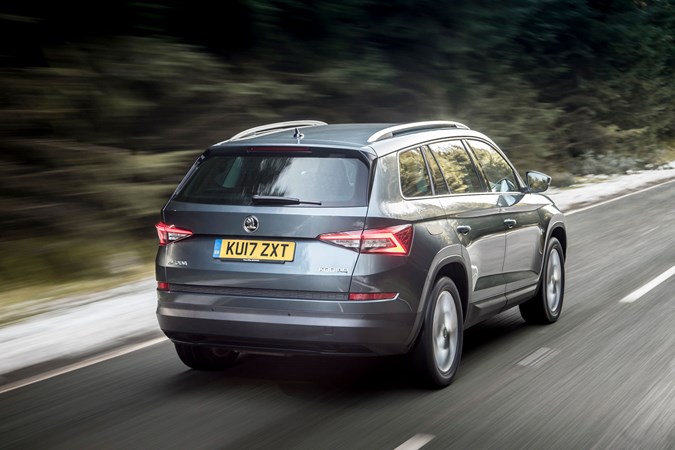
The more powerful 2.0-litre petrol fares better, but also struggles to make a strong case for itself as the automatic gearbox continues to hamper performance, being too eager to change up a gear under normal driving conditions and too slow to respond when you wish to push on.
Press the Drive Mode Select into Sport and the gearbox becomes more responsive, but the overall performance is still underwhelming. The fact that it’s only available with all-wheel drive will also hamper fuel consumption and doesn’t provide much confidence in the way of keeping running costs low either.
If you’re getting a Kodiaq SportLine we think it makes sense to get an engine that offers pace to match the looks. There is definitely merit in owning a car that looks faster than it is, and in that case you’re better served by the diesel rather than the petrol.
Diesel engines
| Engine | Power and torque | 0-62mph time | Top speed |
| 2.0-litre TDI 150 auto 5 seat | 150hp, 360Nm | 9.5secs | 125mph |
| 2.0-litre TDI 150 4×4 auto 5 seat | 150hp, 360Nm | 9.4secs | 122mph |
| 2.0-litre TDI 150 auto 7 seat | 150hp, 360Nm | 9.7secs | 131mph |
| 2.0-litre TDI 150 4×4 auto 7 seat | 150hp, 360Nm | 9.6secs | 131mph |
| 2.0-litre TDI 200 4×4 auto 7 seat | 200hp, 400Nm | 7.8secs | 131mph |
It’s the diesel motors that feel most suitable in the Skoda. The 150hp version offers a reasonable spread of power and works very well with the slick DSG automatic gearbox.
The 200hp diesel with 400Nm of torque isn’t that more expensive and will suit those who regularly plan to carry a full complement of passengers and luggage. Performance is strong and is ideally suited to this car’s bulk. It’s not fast, but quick enough for most with plenty of muscle in reserve. The automatic gearbox still needs to change down a gear when you need to build up pace quickly, but the overall experience is far more relaxing and effortless and never sounds like it’s being thrashed. The 150hp version needs to be worked much harder in comparison, while the TDI 200 feels far less strained.
Despite the small difference in figures between this and the 190 TSI petrol engine, the 200hp diesel feels most suited to a large off-roader, with enough low-down punch to shrug off carrying seven passengers and luggage.
vRS packs a punch
This performance version of the Kodiaq used to be powered by a diesel engine, but this was replaced in 2021 by a 245hp petrol unit. Power is marginally up by 5hp, but torque is down by 130Nm, and while you do sense the engine struggling with this SUVs weight when worked hard, it’s eagerness to rev from low down means it’s easy to get up to speed.
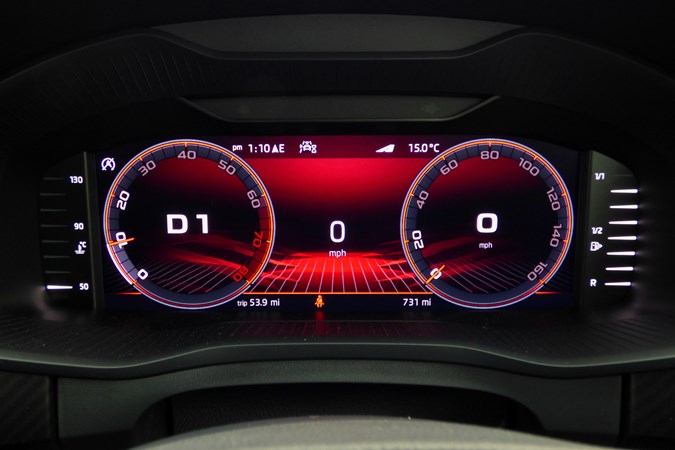
While the diesel offered a broad spread of muscle, it was slow to respond and ran out of puff quite easily, so you ended up driving it in a relaxed manner anyway. It was brisk, but you’d be better off sticking with the more affordable and slightly slower TDI 200 for everyday usability instead.
As a result, this petrol seems to be a better fit for the vRS with its smoother and more refined nature. Despite being similarly loud to the previous diesel, it’s tuned to sound like a conventional five-cylinder unit – the diesel’s digitised rumble was a novelty, but quite obviously fake.
How does the Kodiaq handle?
- Comfort-focused suspension with a sporty edge
- Body control is admirable for a large vehicle
- Dynamic Chassis Control adds adjustability
The Kodiaq may be a big car, but it feels much more nimble than you might expect – it’s based on the VW Golf’s underpinnings after all, and the way it drives is tellingly similar to the smaller hatchback. The view from the driver’s seat is also good, making it an easy vehicle to place on the road.
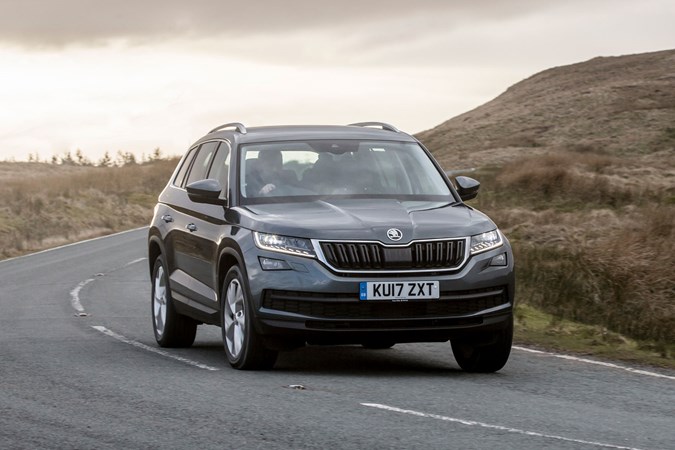
We drove an off-road model in frozen Finland to see how it got on with tricky, icy terrain. The steering provides a good sense of control, too, offering a little more weight than some rivals and the Kodiaq takes corners confidently, with the body remaining well controlled, even when taking tighter corners at speed.
The optional Dynamic Chassis Control system varies the stiffness of the suspension and offers Normal, Sport and Comfort modes – also changing the weight of the steering and linking to the Drive Mode Select system, which alters throttle and gearbox responsiveness. All modes offer a subtle but noticeable change in suspension and steering characteristics – with Comfort offering the cushiest ride and slightly less responsive handling, while Sport firms up the suspension for greater control around bends. Steering weight increases in Sport mode, too, though each setting offers a reasonable feel without being overly light or excessively heavy.
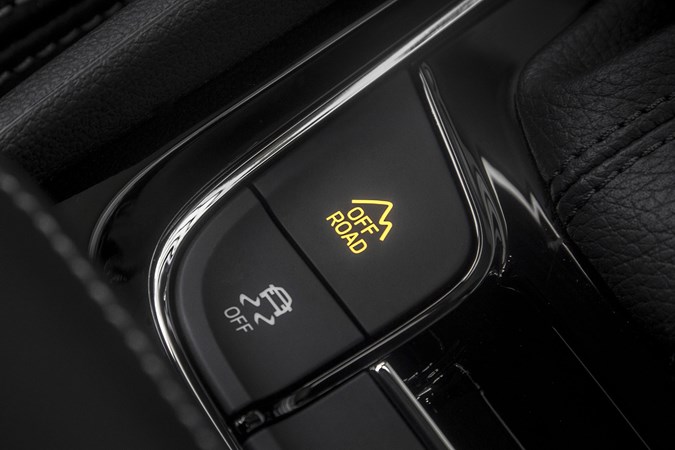
Models with all-wheel drive also come with an additional Off-road mode, utilising hill descent control and hill-hold control, should you need it.
vRS handling
The vRS comes with adaptive suspension as standard, firming up in Sport mode to improve handling and body control. It’s certainly the most composed Kodiaq on sale, but ultimately, the vRS remains far too tall to be classed as a sportier SUV.
Theres plenty of grip, but occupants will still be swaying by a considerable amount thanks to the high centre of gravity. The steering is also too light to be involving for drivers, even if Sport mode adds a little weight to the system.
The fitment of the petrol engine appears to have been a benefit, though, with the vRS feeling a little lighter than it used to. It’s still a heavyweight, but the ride quality is noticeably softer than the previous diesel’s, while feeling a little more nimble than before when turning into bends.


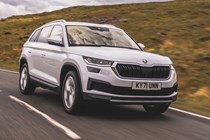
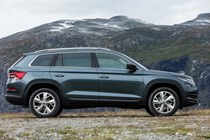
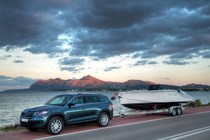
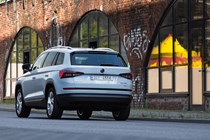
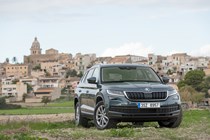
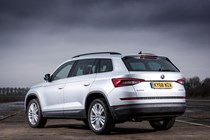
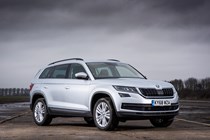
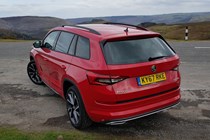
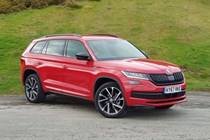
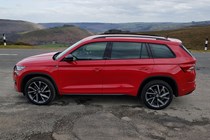
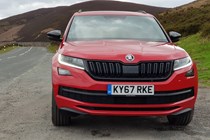
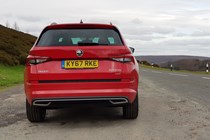
.jpg)
.jpg)
.jpg)
.jpg)
.jpg)
.jpg)
.jpg)
.jpg)
.jpg)
.jpg)
.jpg)
.jpg)
.jpg)
.jpg)
.jpg)
.jpg)
.jpg)
.jpg)
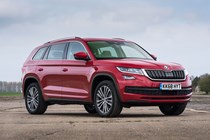
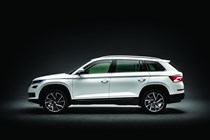
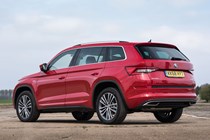
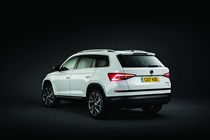
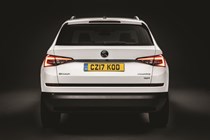
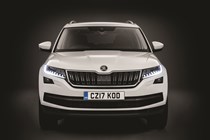
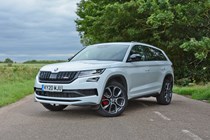
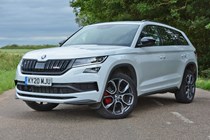
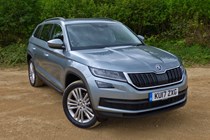
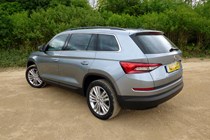
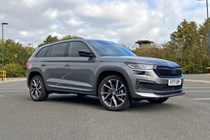
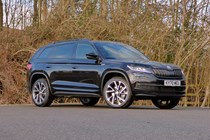
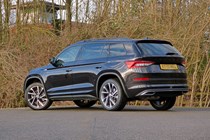
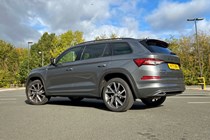
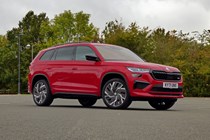
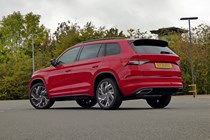
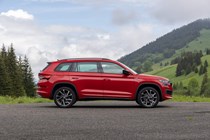
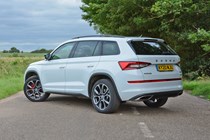

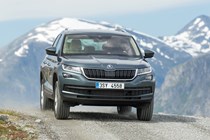
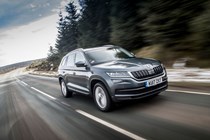

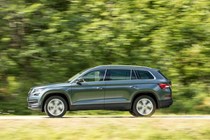
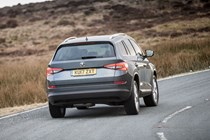
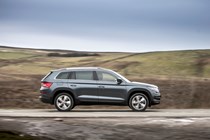

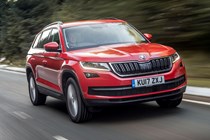
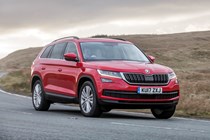
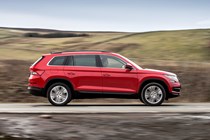

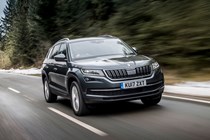
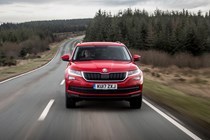
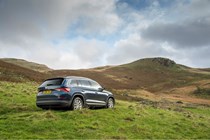
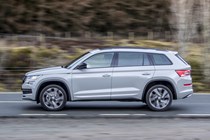
.jpg)
.jpg)
.jpg)
.jpg)
.jpg)
.jpg)
.jpg)
.jpg)
.jpg)
.jpg)
.jpg)
.jpg)
.jpg)
.jpg)
.jpg)
.jpg)
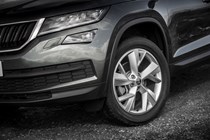
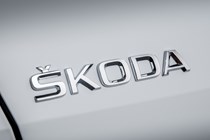
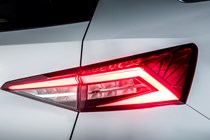
.jpg)
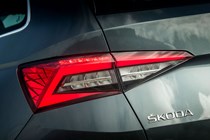
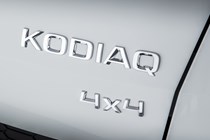
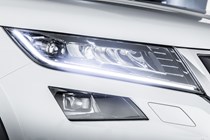
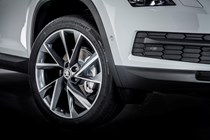
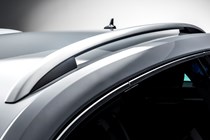
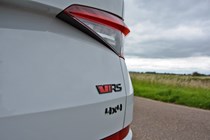
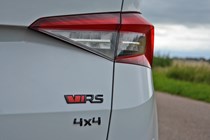
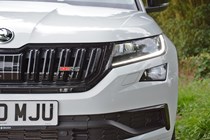
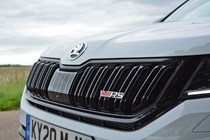
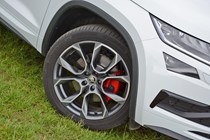
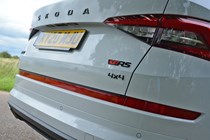
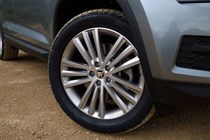
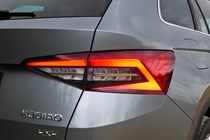

.jpg)
.jpg)
.jpg)
.jpg)
.jpg)
.jpg)
.jpg)
.jpg)
.jpg)
.jpg)
.jpg)
.jpg)
.jpg)
.jpg)
.jpg)
.jpg)
.jpg)
.jpg)
.jpg)
.jpg)
.jpg)
.jpg)
.jpg)
.jpg)
.jpg)
.jpg)
.jpg)
.jpg)
.jpg)
.jpg)
.jpg)
.jpg)
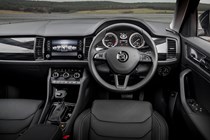
.jpg)

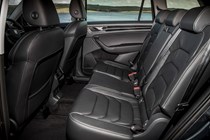
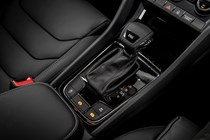
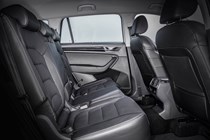
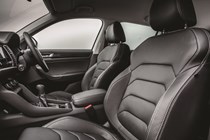
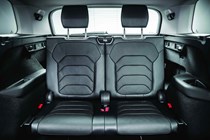
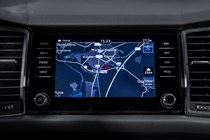
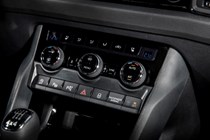
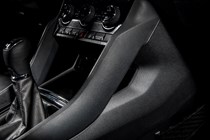
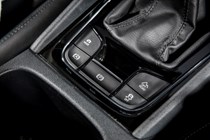
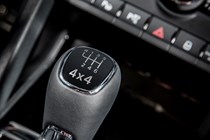

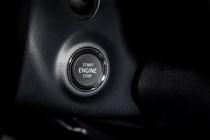
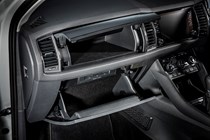
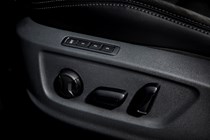
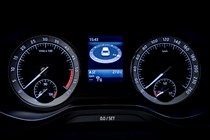
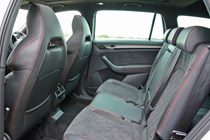
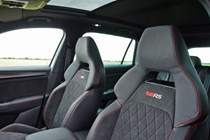
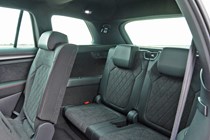
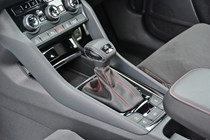
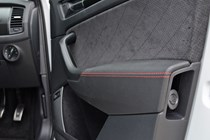
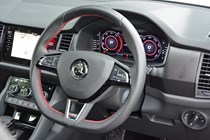
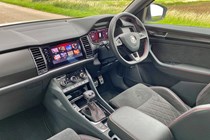
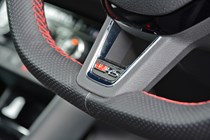
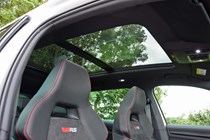
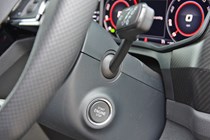
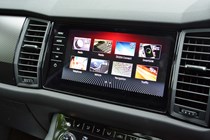
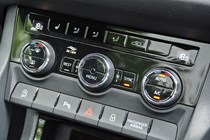
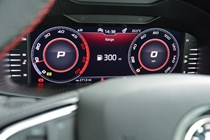
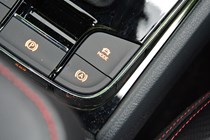
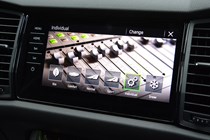
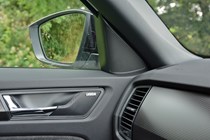
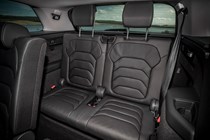

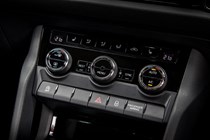
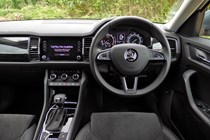
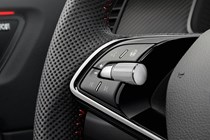


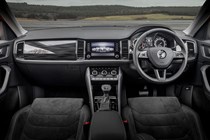
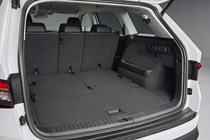
.jpg)
.jpg)
.jpg)
.jpg)
.jpg)
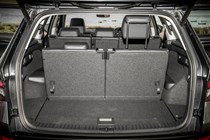
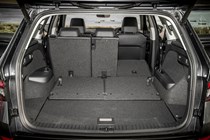
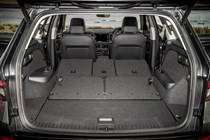
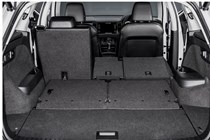
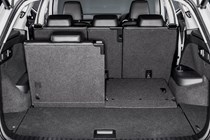
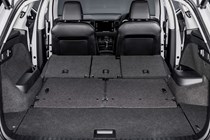
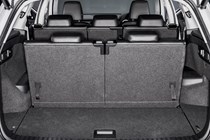
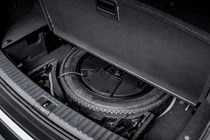

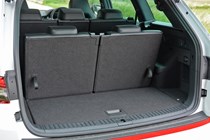
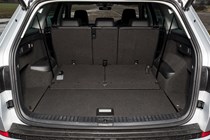
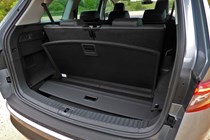
.jpg)
.jpg)
.jpg)
.jpg)
.jpg)
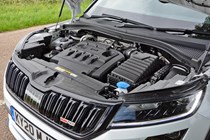












.jpg?quality=50)
.jpg?quality=50)
.jpg?quality=50)
.jpg?quality=50)
.jpg?quality=50)
.jpg?quality=50)
.jpg?quality=50)
.jpg?quality=50)
.jpg?quality=50)
.jpg?quality=50)
.jpg?quality=50)
.jpg?quality=50)
.jpg?quality=50)
.jpg?quality=50)
.jpg?quality=50)
.jpg?quality=50)
.jpg?quality=50)
.jpg?quality=50)


































.jpg?quality=50)
.jpg?quality=50)
.jpg?quality=50)
.jpg?quality=50)
.jpg?quality=50)
.jpg?quality=50)
.jpg?quality=50)
.jpg?quality=50)
.jpg?quality=50)
.jpg?quality=50)
.jpg?quality=50)
.jpg?quality=50)
.jpg?quality=50)
.jpg?quality=50)
.jpg?quality=50)
.jpg?quality=50)



.jpg?quality=50)














.jpg?quality=50)
.jpg?quality=50)
.jpg?quality=50)
.jpg?quality=50)
.jpg?quality=50)
.jpg?quality=50)
.jpg?quality=50)
.jpg?quality=50)
.jpg?quality=50)
.jpg?quality=50)
.jpg?quality=50)
.jpg?quality=50)
.jpg?quality=50)
.jpg?quality=50)
.jpg?quality=50)
.jpg?quality=50)
.jpg?quality=50)
.jpg?quality=50)
.jpg?quality=50)
.jpg?quality=50)
.jpg?quality=50)
.jpg?quality=50)
.jpg?quality=50)
.jpg?quality=50)
.jpg?quality=50)
.jpg?quality=50)
.jpg?quality=50)
.jpg?quality=50)
.jpg?quality=50)
.jpg?quality=50)
.jpg?quality=50)
.jpg?quality=50)

.jpg?quality=50)









































.jpg?quality=50)
.jpg?quality=50)
.jpg?quality=50)
.jpg?quality=50)
.jpg?quality=50)












.jpg?quality=50)
.jpg?quality=50)
.jpg?quality=50)
.jpg?quality=50)
.jpg?quality=50)
